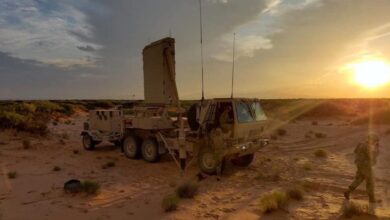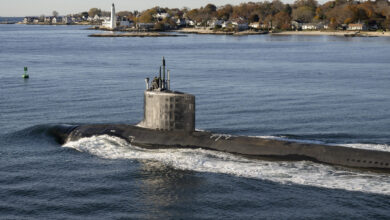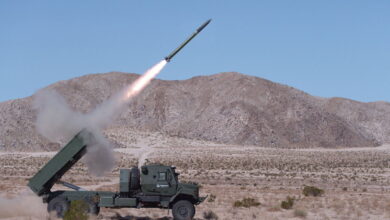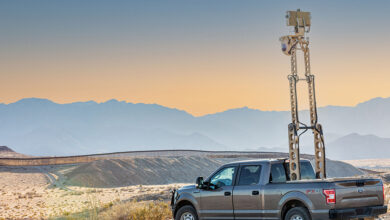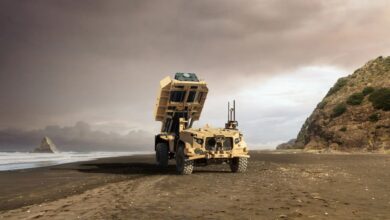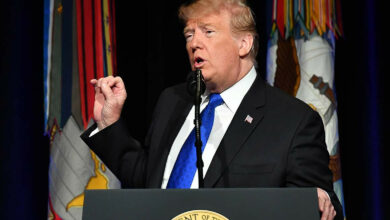US Army’s New Squad Vehicle ‘Ineffective for Combat’: Report
The US Army’s Operational Testing and Evaluation (OT&E) arm has released its latest assessment regarding the service’s new Infantry Squad Vehicle (ISV) designed to support troops on long operations.
In a report published this month, OT&E explained that the lightweight vehicle is not operationally effective for deployment on combat and engagement, security cooperation, and deterrence missions.
It said that the 5,000-pound (2,267-kilogram) ISV is not suitable for various operations because of “poor” developmental test reliability and deficiencies in training, maintenance, safety, and human system integration.
When the vehicle was tested in Arizona and North Carolina last year, OT&E noted that the ISV could not deliver effective fires or provide reliable communication and protection for infantry squads.
The report disclosed that soldiers using the squad vehicle could not avoid enemy detection, ambushes, or engagements on most of their missions.
“In order to traverse cross country routes and wooded terrain, the unit was forced to reduce their speed, resulting in slowed movement, or maneuvered on improved routes, negating any element of surprise,” OT&E said. “The unit experienced numerous casualties, delaying mission accomplishment and degrading its combat power for follow-on missions.”
‘Ineffective Rapid Mobility’
The recent OT&E assessment claims that the ISV is not effective at providing rapid mobility capabilities to infantry squads, citing a scenario in which a unit had to conceal the ISVs close to the objective and dismount eight soldiers to accomplish the mission.
The scenario reportedly reduced the squad’s combat force and exposed the ISVs and drivers to enemy attacks, increasing the risk of additional combat losses.
The report concludes that the vehicle lacks ballistic armor, its design prevents easy access to personal weapons on the move, and affects soldiers’ ability to quickly react to ambushes or other enemy actions.
The OT&E recommends that the army address the issues with the new ISVs before deciding on full-rate production.



